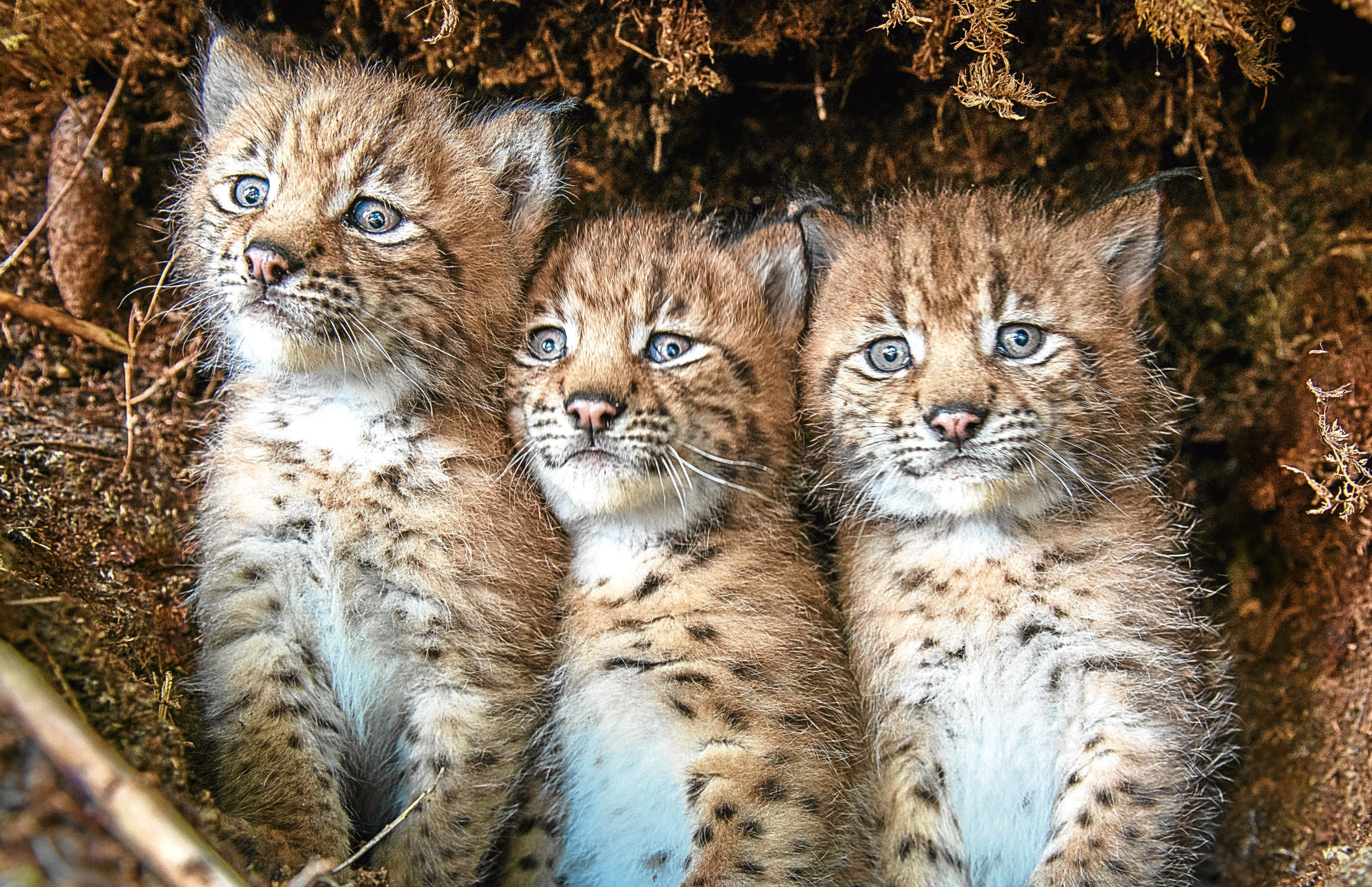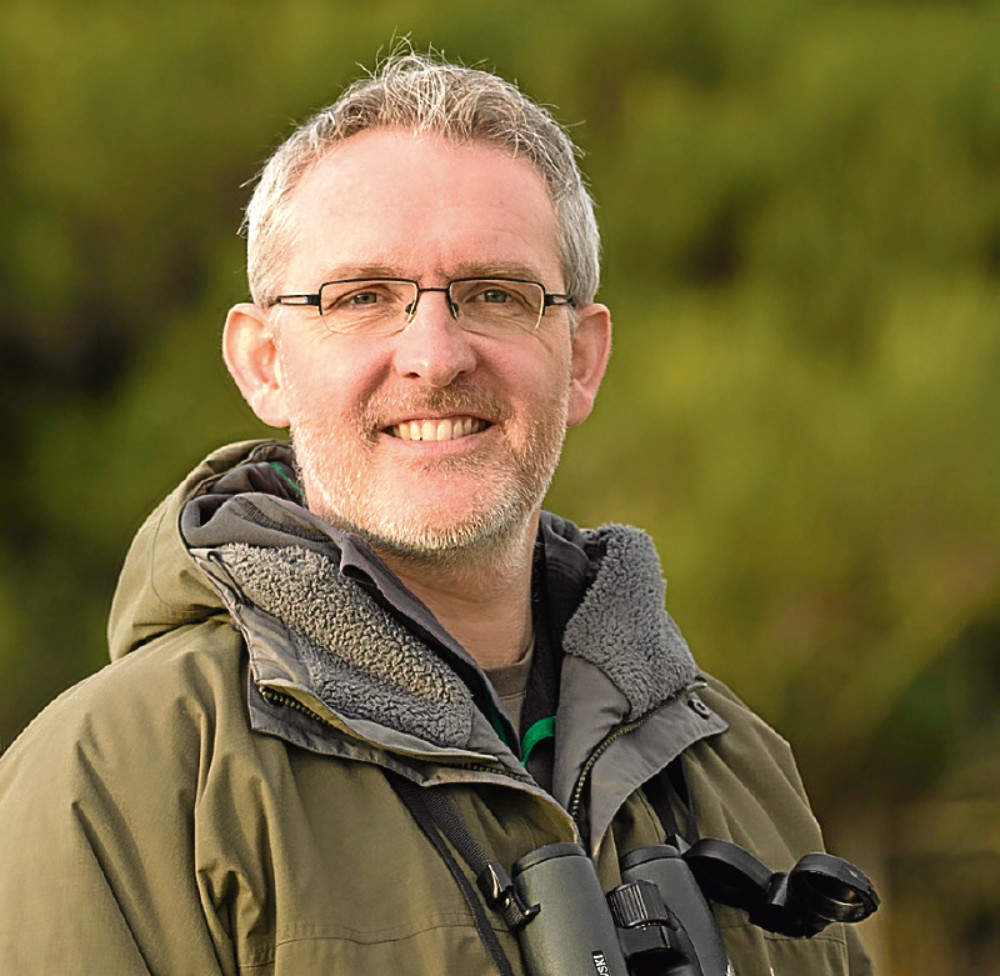
CENTURIES ago, the Eurasian lynx prowled Highland forests.
But plans to bring the elusive big cat back to Scotland have proved controversial.
Cairngorms-based ecologist David Hetherington tells Laura Smith the Honest Truth about the feline predator.
What’s your background?
I’m an ecologist based in the Cairngorms National Park and have spent nearly two decades studying the Eurasian lynx.
Why did you decide to write this book?
There is a growing discussion about lynx and their reintroduction to Scotland. I felt it was becoming polarised so I wanted to present unbiased, factual information about a species that we, in this country, know very little about, and how they interact with people.
When and why did the lynx die out in Scotland?
About 500 years ago. Lynx are solitary ambush hunters requiring woodland cover to launch surprise attacks on their ideal prey, roe deer. But humans deforested and over-exploited the deer population. As wild prey became scarcer, they may have started picking off woodland-grazed sheep and were hunted in response. They were probably over-exploited for their fur, too.
What can you tell us about the Eurasian lynx?
It’s a beautiful, shy and elusive creature that’s rarely seen. Woodland is their main habitat. One lynx will patrol an area of several hundred square kilometres. They are the third-largest predator in Europe, after the wolf and brown bear. Typical features are their short and stubby tail, tufted ears, and the spottiness of their fur varies across Europe.
Where can you find them?
There are large numbers in Russia. Numbers in Europe were low during the 20th Century. They survived only in Scandinavia and Eastern Europe.
But from the 1970s, reintroduction projects have seen them return to France, Germany, Italy, Switzerland and the Czech Republic.
How could their return benefit Scotland?
In the Highlands, there is enough habitat and prey to support about 400 lynx. One lynx will kill around 50 roe deer a year, so 400 would take out 20,000 woodland deer.
At the moment, the Forestry Commission, which manages a third of Scotland’s forests, needs to cull 30,000 deer per year. That costs around £5m. So having a large population of lynx is actually quite beneficial.
Nature-based and wildlife tourism are important industries but what we don’t have in Scotland are bankable large carnivores.
Lynx don’t come to bait or rove open landscapes so they are much harder to observe. But in Germany the lynx is used as a branding icon, as if to say “this landscape is wild and beautiful because it has this beautiful predator living in it”.
What are the arguments against?
They might prey on sheep. They could compete with human hunters for woodland deer. I understand that farmers may have concerns. But in Switzerland, where there are many deer and sheep graze in the open, they are losing somewhere between 20 and 50 sheep per year.
Could they be reintroduced to Scotland successfully?
The Highlands are where you have the most habitats and there are healthy populations of deer and fewer roads.
But the critical factor here is how willing people are to live alongside the lynx.
We’ve seen they can live alongside humans and their activities like farming, hunting and tourism across Europe.
I think if lynx introduction is ever going to be successful we’re going to need a respectful dialogue where the concerns of those working in the countryside are listened to and addressed.
Based on what I’ve seen in other countries, I don’t see any reason why it couldn’t happen here.
The Lynx And Us is available at scotlandbigpicture.com

Enjoy the convenience of having The Sunday Post delivered as a digital ePaper straight to your smartphone, tablet or computer.
Subscribe for only £5.49 a month and enjoy all the benefits of the printed paper as a digital replica.
Subscribe